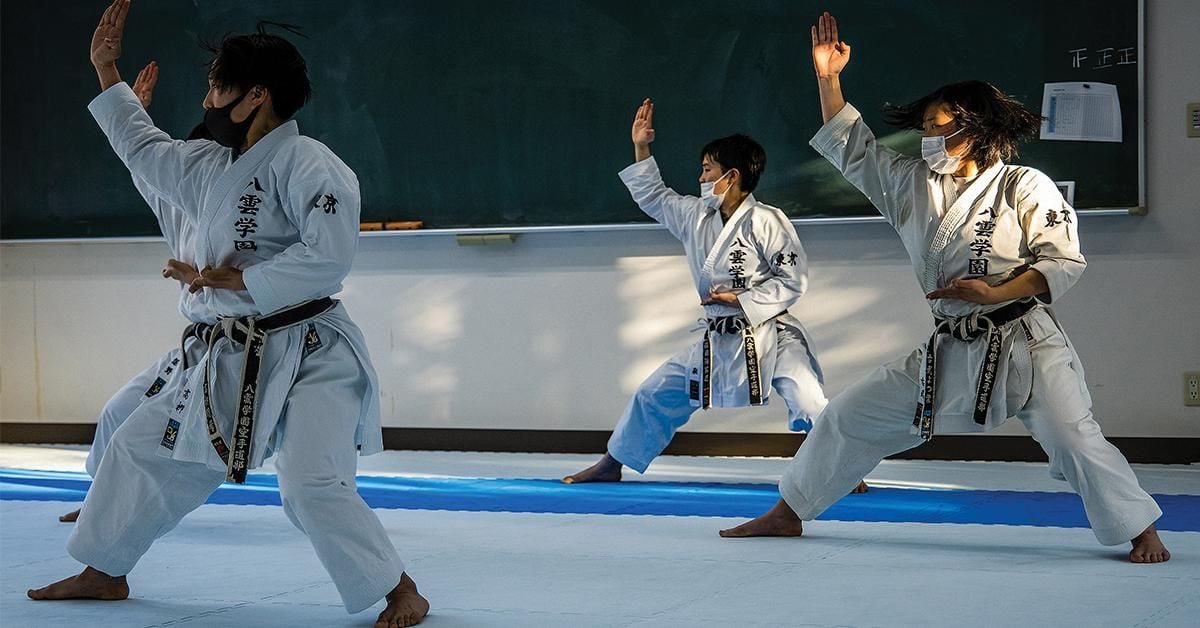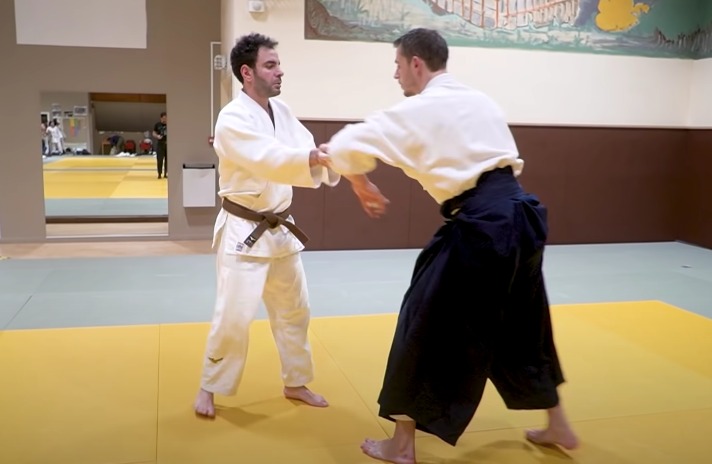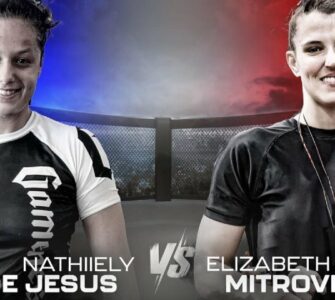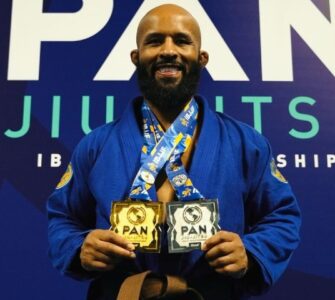I am sure many of you have ever wondered what is the most effective martial art ? This is a legitimate question and a subject that I personally find interesting.
From my point of view, it is not necessarily an art that is effective, but rather what the practitioner actually does. It can undoubtedly be said that certain disciplines are more effective than others for one-on-one combat. But the purpose depends mainly on the practitioner and not on the discipline.I will first answer a question that seems simple, but not at all. What exactly is meant by the most effective martial art ? Because in reality, efficiency depends on the purpose of the discipline and the practitioner’s need or desire.
From my point of view, the most effective martial art is more a myth than a reality. In my opinion, it is the approach we have of our martial art that will make it effective or not.
Each martial discipline has always sought to develop values, a state of mind and combat techniques. And to judge the effectiveness of a fighting art, it is essential to understand why it was founded, for what purpose, and what is the purpose of an advanced practitioner ?
The effectiveness of martial art can also be judged by the number of years of practice it takes to reach a certain level !
In summary, the most effective martial art is one that meets you and meets your expectations.
Imagine all the possibilities
I give you the example of a 55-year-old accountant who wants to get into a martial practice to have some notions of combat and stay in shape. MMA can be considered to be a more effective discipline than taï-chi in terms of one-on-one confrontation.
However, for this 55-year-old woman, the practice of a physically demanding combat sport could have a negative impact on her mind and her training ability. Imagine that she cannot support more than one MMA training per week by training very soberly, and that she stops after 3 months.
Now imagine that for taï-chi, which has a more flexible approach, she can practice 5 workouts per week and that she stops after 5 years. In terms of mental gains, and physical capacities linked to combat, tai chi may be the most effective martial art for her.
What I mean is that realistically it’s very complicated to say that one martial art is more effective than another. There are so many human factors to consider that the most appropriate discipline can vary from person to person.
Yes, efficiency depends on what you are looking for. But it also depends on our abilities, because we are not all built in the same way. And above all, efficiency will depend on our age and our years of practice.
As I explained before with our 55-year-old accountant, his goal may not be to become a fighter, but to have notions to settle a (physical) conflict. In this case, the MMA would certainly bring her what she expects, but the taï-chi or aikido too (all proportionalities kept). Especially since she could devote herself to this practice with more diligence, and therefore more efficiency.
Take the example of a 20 year old young man who wants to start a martial art to learn to fight, only. There we are going to orient it on a combat sport, and not towards a discipline like aikido which emphasizes other values which perhaps it does not take into account. Even if the MMA has very high values of respect, contrary to what one can believe or see on social networks.
For the rest of this article, we will target effective martial arts in a context of confrontation for men and women between the ages of 16 and 45, and unarmed.
We must now separate martial arts which have a large share of work on the energy, mental, and emotional management side, and others which have a purpose more targeted at physical combat.
Here is a personal and subjective list of martial arts focused on combat effectiveness (self-defense, and combat sports included):
- Karate
- Judo
- Jujitsu
- Brazilian Jiu-jitsu
- All forms of boxing
- Taekwondo
- MMA
- Krav-Maga
- Penchak Silat
- Kajukenbo (okay I put it on because I practiced it)
- All systems associated with self-defense
- Free struggle
There are of course a lot of other disciplines putting combat first. But I’m not going to quote them all, because I should fill out my name page. For this, you have here a list of all known martial arts.
I also invite you to read this article to understand the difference between internal and external martial arts !
I present to you below 3 possible configuration cases for the practice of martial art. I have outlined the 3 basic objectives that a martial art (based on a practice with bare hands) can fulfill.

For a one-on-one sports configuration
We are not in a street configuration. But in a pure situation of confrontation one against one in a closed space. With rules, or very little. In fact, the UFC already answered this question in the early 1990s when the first Ultimate Fighting Championship was created.
Considering the few rules that there were at the base of these tournaments, we can consider that we have the most effective response to martial art in a cage, a limited space and the authorization to go from the fight boxing, and go to the ground. It is the MMA, more commonly known as “Mixed Martial Arts”.
The MMA is martial art that was born following the fighting delivered by the Ultimate Fighting Championship. It is actually a martial art composed mainly of other combat disciplines. The MMA of course has its specificities, such as the ground and pound. But most of its arsenal exists in other martial arts. It is also for this reason that this discipline is called “mixed martial arts”.
For a street defense case
For street defense, what I recommend and that’s my point of view. It’s to mix a fighting sport and a self-defense discipline. This is to acquire basic knowledge in combat, and to understand the mechanisms of self-defense.
Combatant background
Why do I advocate the practice of combat sport to be able to defend myself on the street ? Because if we fail to neutralize our attacker very quickly, and we have managed to preserve our physical integrity, we simply find ourselves in a pattern of combat, of fight. Therefore, a very effective way to respond to this is to have a background in combat sport.
In a street diagram, we will use our fists as a priority. Legs are of course useful for strikes in the genitals, or in the legs. But what is recommended in self-defense, and I fully agree with, is to strike with your hands / elbows / fists / open hands the power plant (head). And to acquire the best mastery of your fists, the ideal is English boxing. You will learn very efficiently and quickly, using your fists. You can also practice muay Thai, kickboxing and MMA which are excellent alternatives (less specialized, but more complete).
Having knowledge of Brazilian jiu-jitsu or MMA is an additional asset. Because it would allow you not to be destitute if you are brought to fight on the ground.
Practice a self-defense sport
It is mandatory, you must repeat reflexes that may one day save your life. You will learn to react correctly against several attackers, to know the proportionality of defense, the parts of the body to aim first, etc.
For this, I find the krav-maga very suitable for preparing for the street. In even many krav clubs, practitioners wear boxing gloves and regularly practice sparring. This would “fill the fighter background” if you don’t want to train in a boxing club.
You can of course also practice an art like penchak silat, kajukenbo, or jeet kun do. All of you will bring the knowledge you need to prepare for the street, whether standing or the basics of the ground.

For a job in security or law enforcement
In order to situate what is the most effective martial art in this context, we must first raise awareness of what we have the right to do. If an attacker comes to you and starts beating you, you have of course the right to respond proportionately. However, a law enforcement official must be able to control an individual without hitting him. And that is, in my opinion, the most important concept.
Moreover, in the police, it is possible and frequent that they must put themselves in several to master a recalcitrant individual. Why ? Because the goal is not to knock it out, but to master it. And that totally changes the game.
In this case of configuration, for me, the most effective martial art will not be boxing. Even if it can bring confidence and management of fights. But rather gripping sports like jujitsu, wrestling, or judo.
Combatant background
I again advocate the combatant background to be able to manage a recalcitrant individual. If you find yourself having to fight against someone who seeks to free themselves, a good combatant experience will be very useful to you.
For me, Brazilian jiu-jitsu will bring you this background necessary to manage an overflowing situation. You will be used to mastering someone, sticking them in and immobilizing them for the time necessary. Judo and free wrestling are also excellent alternatives.
Self-defense of grip
In this discipline, you will have all the techniques and fixed assets for the police. You will also, according to club policy, be entitled to numerous randies in several combat sectors such as soil, struggle, and foot-poo. I’m talking about the martial art that I practice and appreciate: traditional or Japanese jujitsu. If you find a club that places enough emphasis on random and sparring, you will have complete baggage in terms of quantity of combat and techniques related to the control of an opponent by joint key or immobilization.
I can say, objectively, that if your traditional jujitsu club fulfills all the conditions, you have all the assets for a job in the police force.
To conclude, the most effective martial art does not exist. Some are more effective than others for specific people and for specific configuration cases.
Therefore, a police officer, a professional MMA fighter, or a 55-year-old accountant will not have the same predispositions and the same objectives in practice. And the effectiveness of a martial art is linked to the practitioner’s need. In conclusion, it can vary from person to person.
Personally, I practice traditional jujitsu and MMA to be as versatile as possible. I also like to touch self-defense from time to time, and to repeat its principles. These two arts are for me a fair balance of what I consider effective for my life goals, sportsmen, and my physical qualities.
I am not advanced or expert in a specialized discipline (even if I no longer appreciate the field of the soil). However, I have the ease to manipulate and make the transition between these combat sectors. What I like is the connection between all areas of martial arts more than a fixed discipline. But this only concerns me. Another person may have exceptional predispositions for boxing, judo, or karate.
As Funakoshi said:
What matters is not art, but the practitioner !
Good training.

















